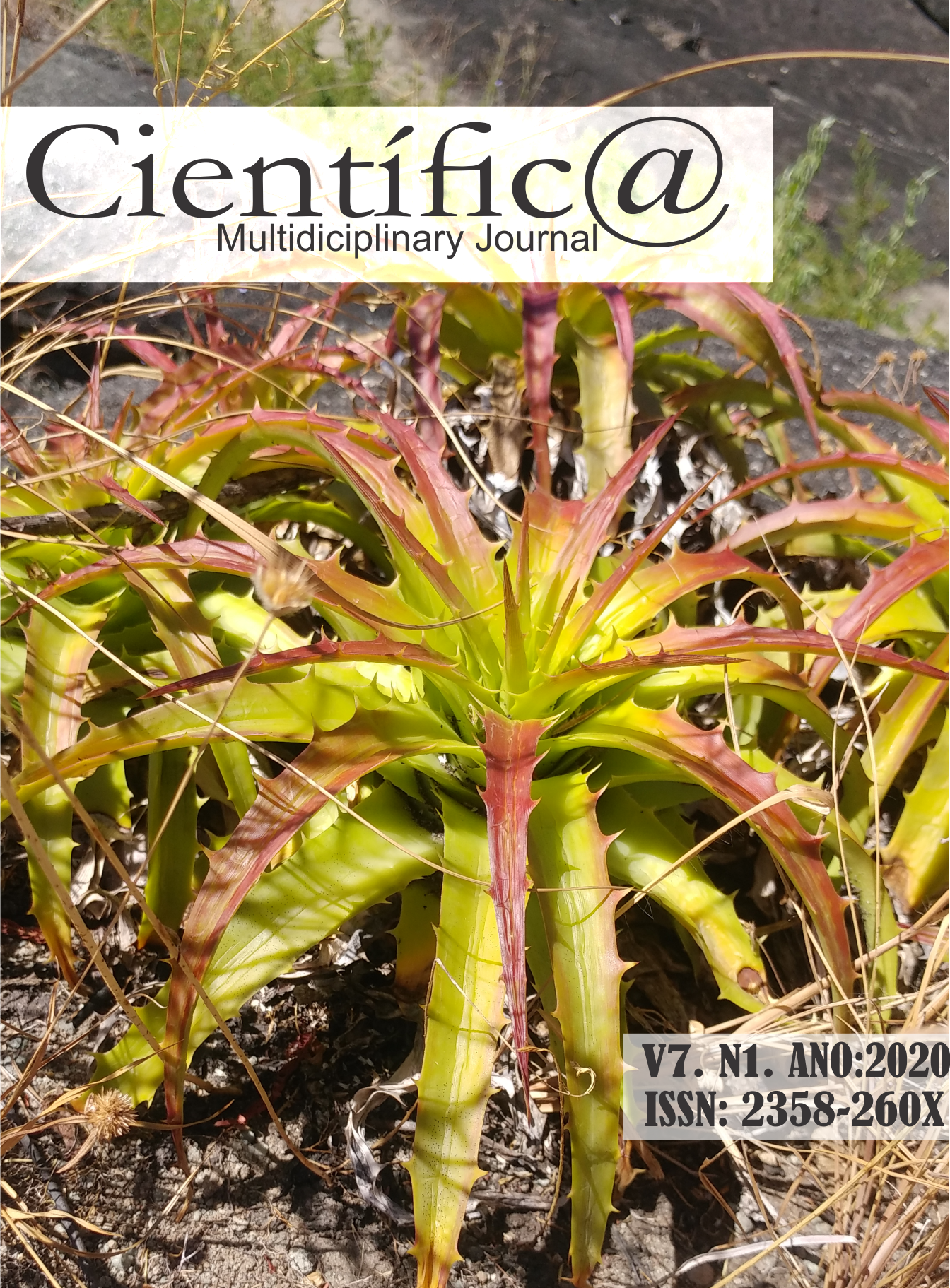AVALIAÇÃO NÃO LINEAR DOS ESFORÇOS INTERNOS EM CONÓIDES CILÍNDRICOS
DOI:
https://doi.org/10.29247/2358-260X.2020v7i1.3919Resumo
Em arquiteturas da atualidade, percebe-se uma abordagem moderna demandando tendências de soluções estruturais complexas no design estrutural e o conóide é uma forma geométrica simples que confere requisitos de beleza e sofisticação a diversas edificações deste contexto. A obtenção dos esforços solicitantes para o dimensionamento de uma estrutura em concreto com esta forma geométrica não é tão simples e exige conhecimentos avançados. Objetivando-se a avaliação do caminho não linear dos esforços de membrana e de momentos, este trabalho apresenta uma investigação numérica estática não linear, via método dos elementos finitos (MEF), de cascas conoidais de geometria cilíndrica, submetida ao carregamento transversal uniformemente distribuído aplicado incrementalmente ao longo da sua superfície. Com este trabalho ilustra-se a importância da análise não linear ao identificar como as posições dos esforços máximos, cruciais para o dimensionamento estrutural, modificam-se ao longo da incrementação de carga. Comparando-se os esforços de flexão de duas geometrias diferentes observa-se a influência de diferentes modos de vibração na trajetória da topologia, com prevalência de momentos fletores positivos no centro, negativos nas extremidades e, com relação aos esforços de torção, sua concentração máxima prevalece perto das bordas curvas. Observam-se no início da trajetória do conóide de duas bordas curvas que as máximas regiões comprimidas não estão próximas às bordas retas, como no conóide de apenas uma borda curva. Além disso, é importante destacar a ocorrência de picos de esforços cisalhantes nas bordas curvas, pois nas demais localidades da casca os esforços cisalhantes tem menor intensidade.
Palavras-chave: Análise não linear, Casca conoidal cilíndrica, Esforços solicitantes, Método dos elementos finitos.
Downloads
Publicado
Como Citar
Edição
Seção
Licença
Esta revista oferece acesso livre imediato ao seu conteúdo, seguindo o princípio de que disponibilizar gratuitamente o conhecimento científico ao público proporciona maior democratização mundial do conhecimento.
A partir da publicação realizada na revista os autores possuem copyright e direitos de publicação de seus artigos sem restrições.
A Revista Científic@ - Multidisciplinary Journal segue os preceitos legais da licença Creative Commons - Atribuição-NãoComercial 4.0 Internacional. 

